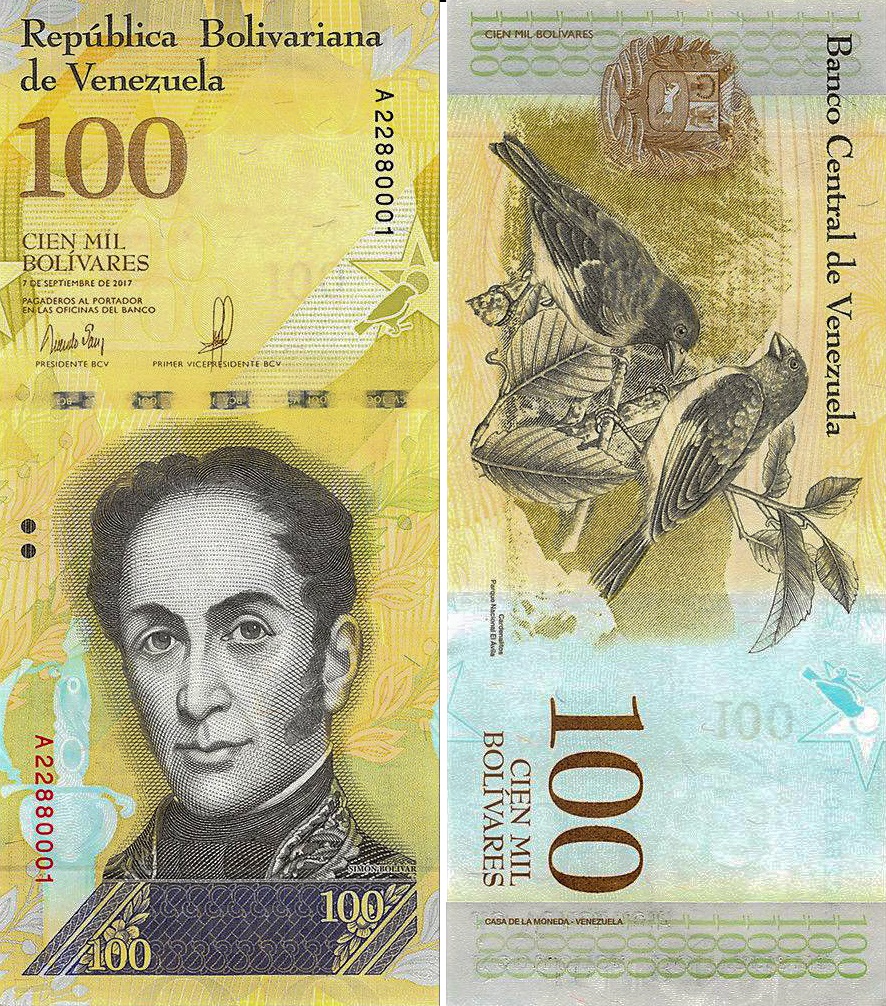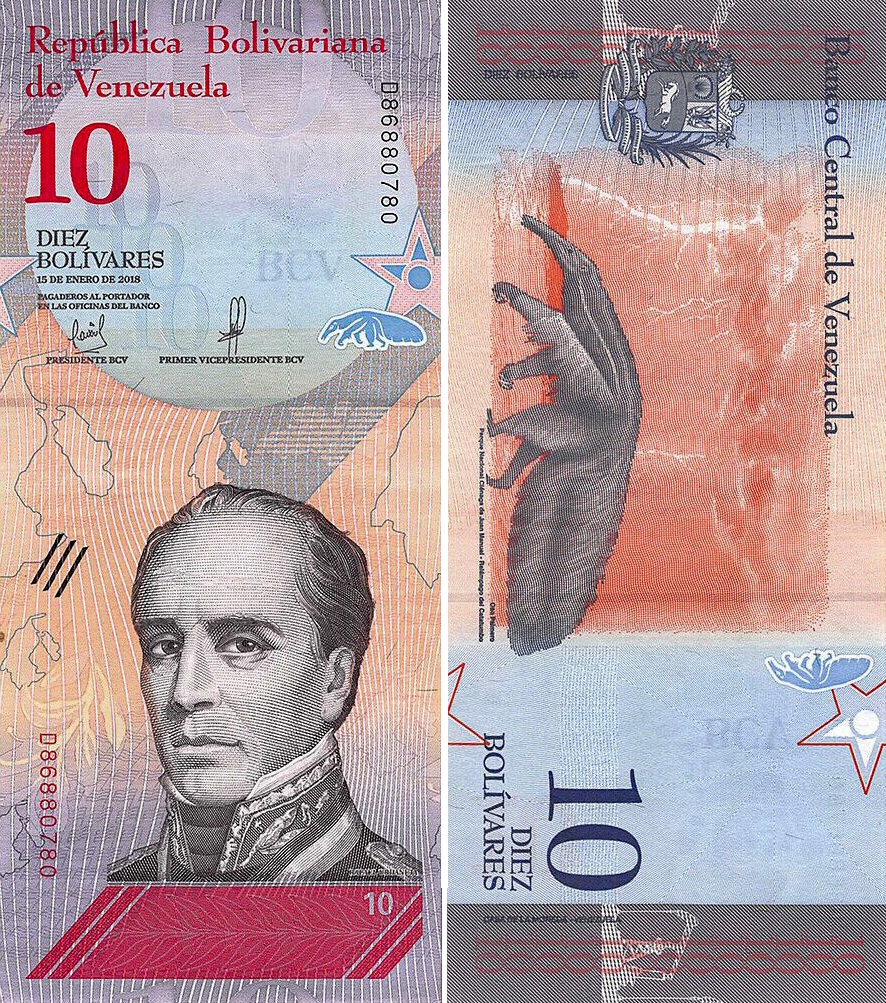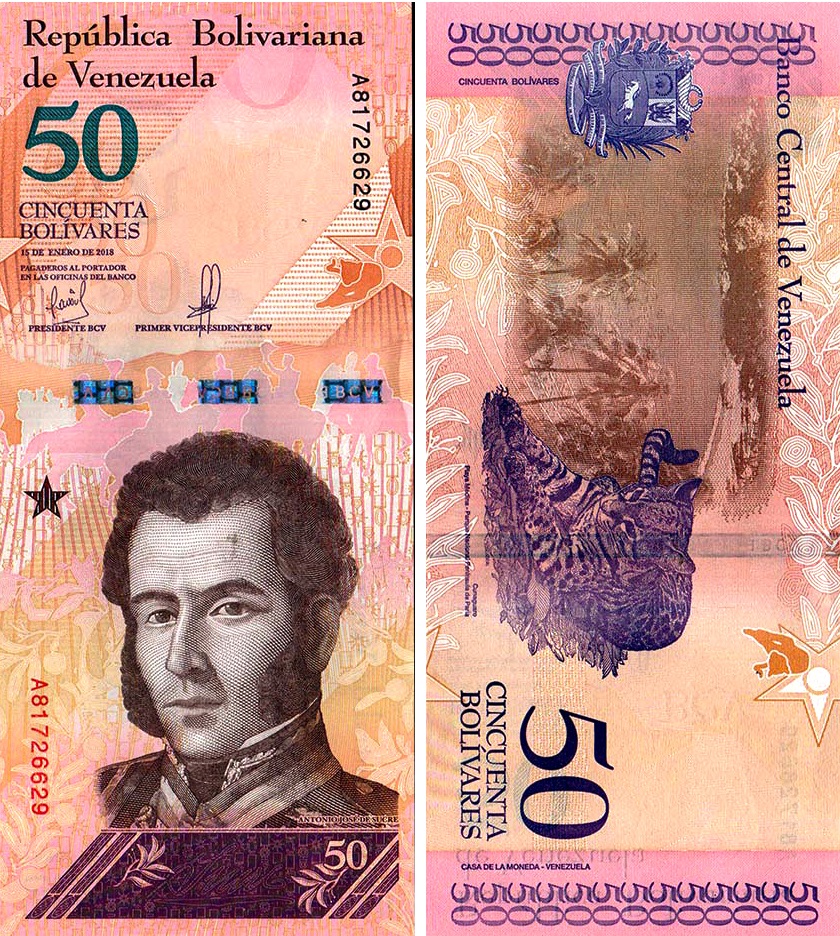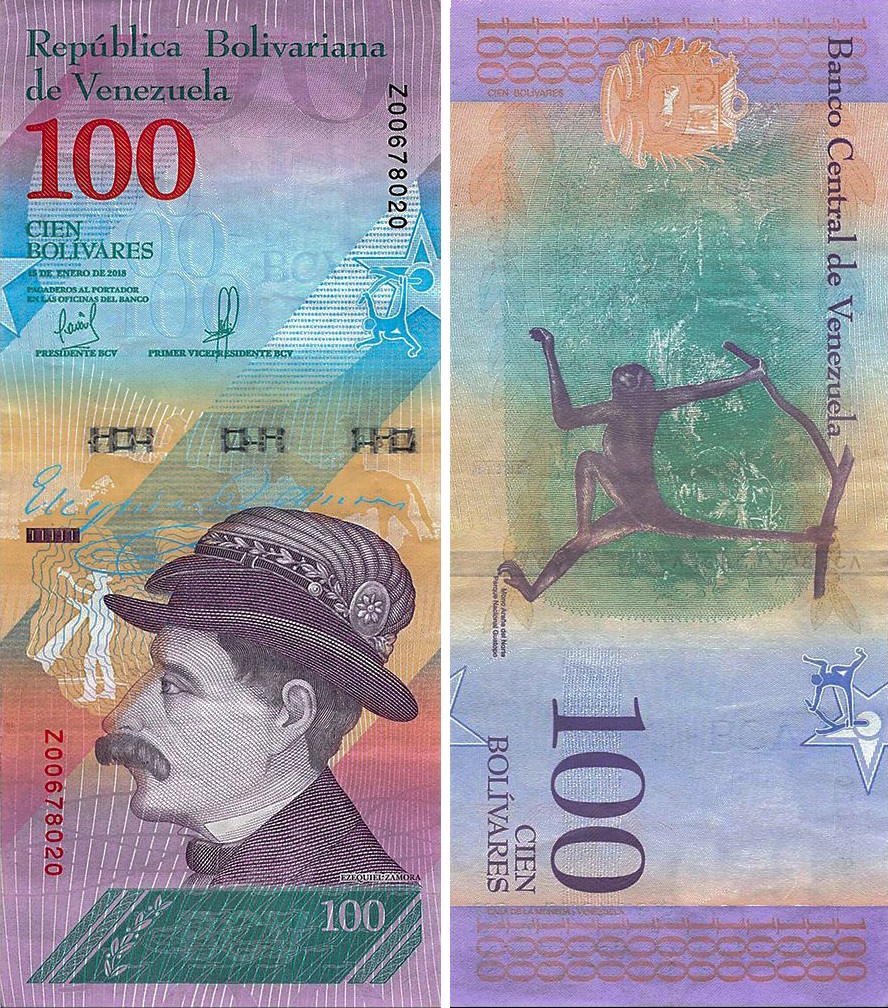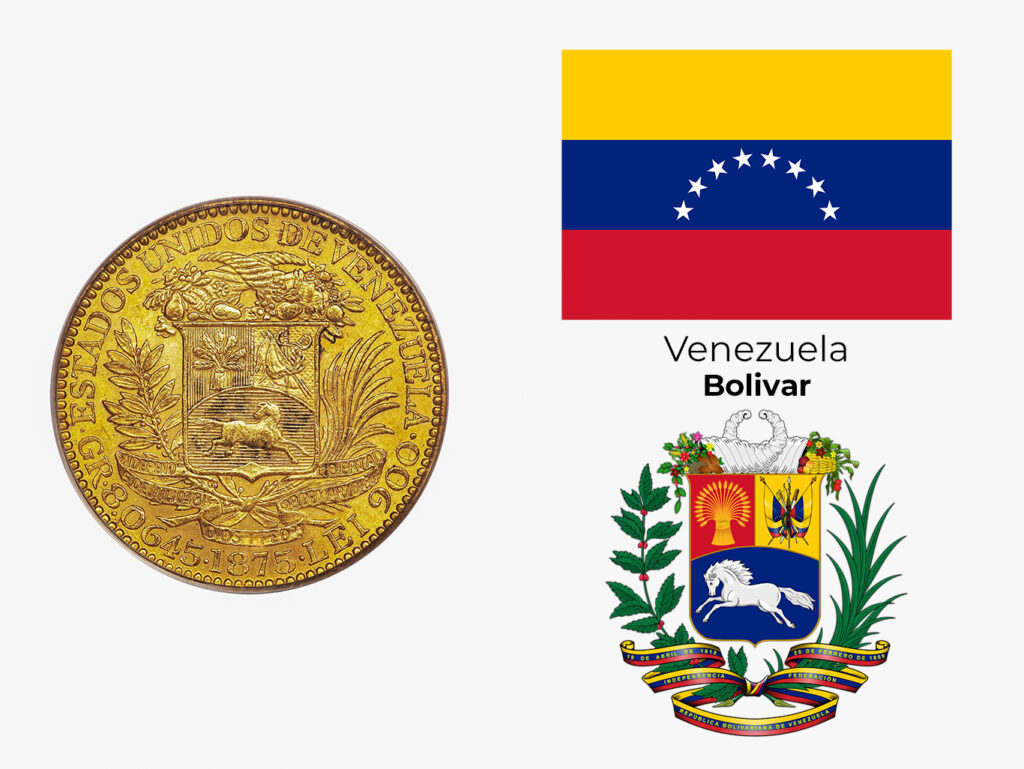
The pathetic plight of Venezuelan Bolivar
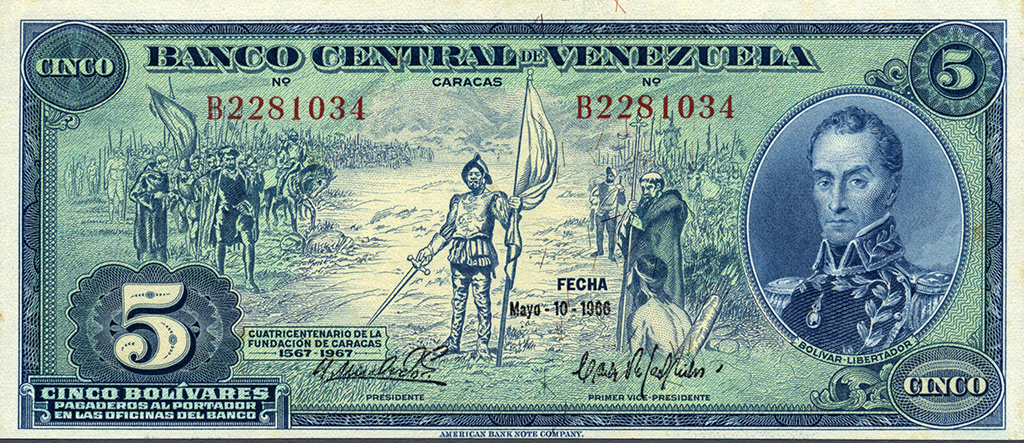
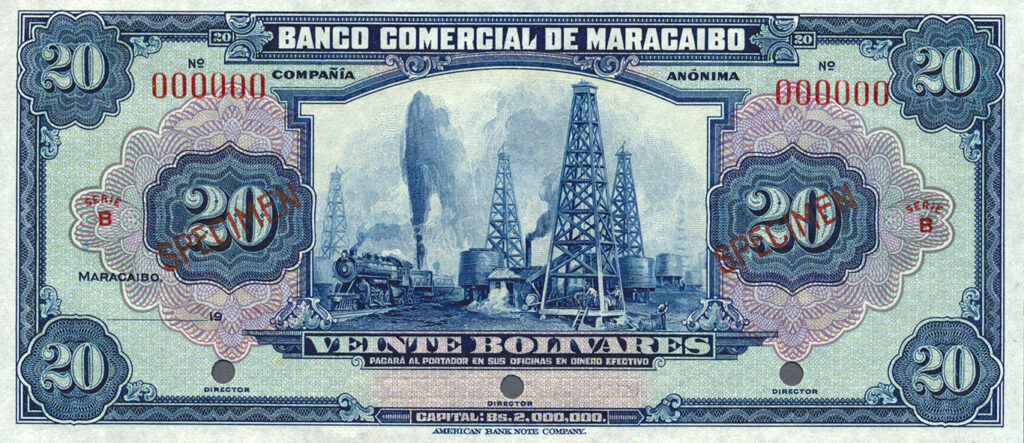
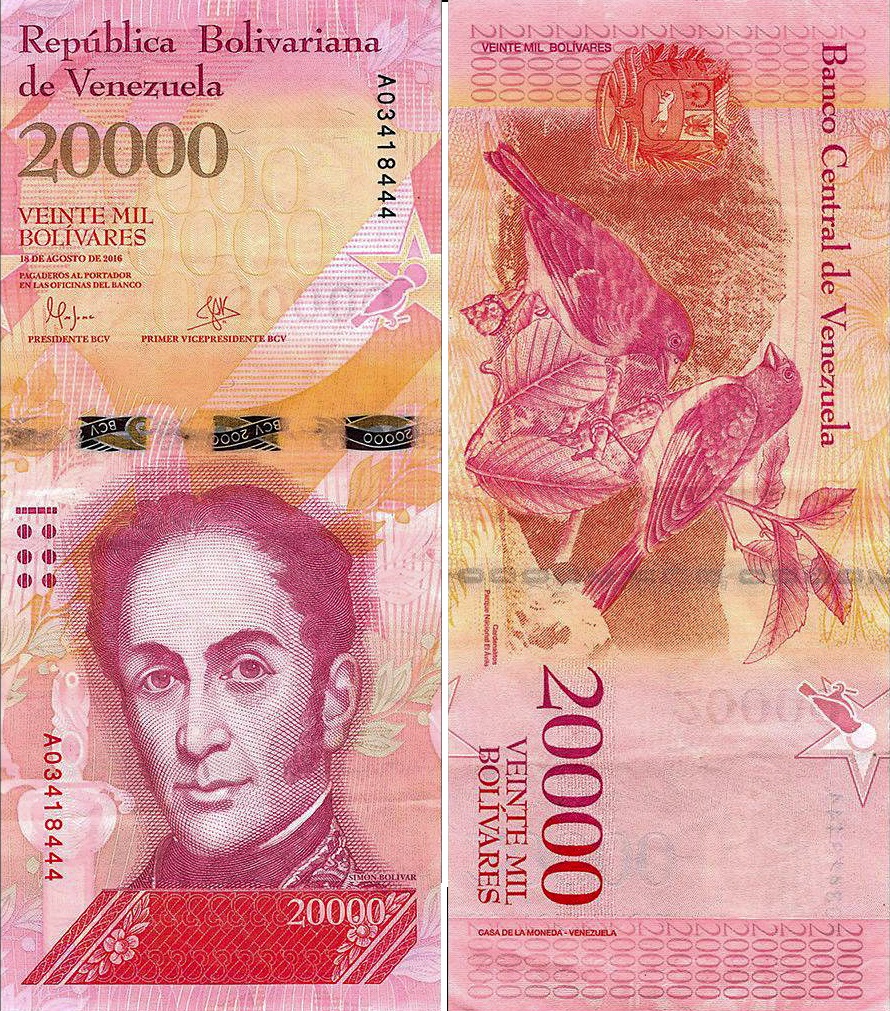
Venezuela, a country commonly heard during beauty pageants, is situated on the northern South American coast. Comprised of both continental mainland and a collection of islets in Caribbean Sea, Venezuela is an urbanized territory with most of its population living in cities. Colonization, the common culprit of the non-western world, grabbed it in 1522, Spain was the forceful occupant this time. Because of the demographic constitution, the ideas of sovereignty germinated early and by 1811, Venezuela was independent as a group (Gran Colombia). In 1830, Venezuela became an independent sovereign country that we know today. However, this early lead of political self-determination was ruined by a series of military dictators. Democracy was established by 1958 but political and economic stability remained a perennial problem. Despite being blessed with world’s largest oil reserves and being one of the 17 countries classified as mega-diverse, the country is still struggling with hyperinflation, unemployment, poverty, migration and a host of other issues.

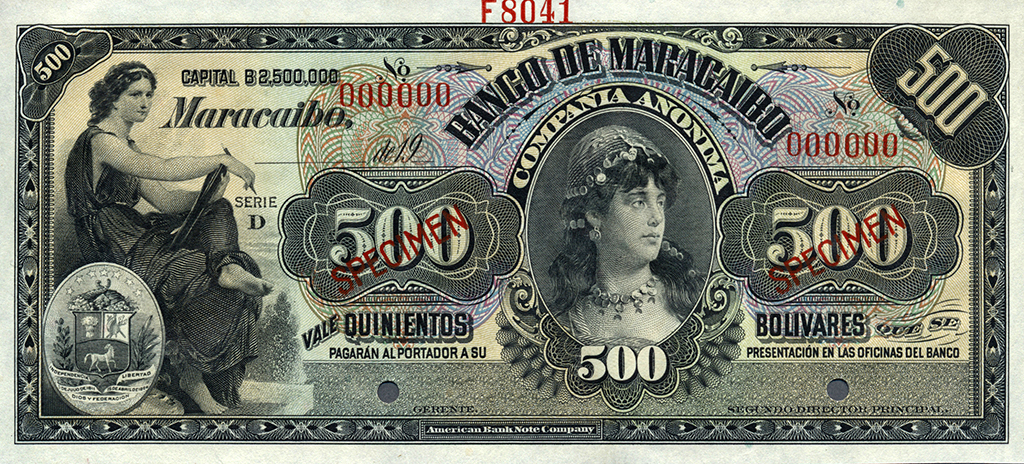

In colonial times, currency was denominated in Pesos that changed to Gran Colombia between 1821-30 CE. Venezuela adopted its independent currency in 1879 and named it after the legendary freedom fighter Simon Bolivar. Since 1980s, inflation has been Venezuela’s worst economic enemy. The situation worsened exponentially starting 2014 with the annual inflation touching 69%; 181% in 2015; 800% in 2016; 4000% in 2017; 1700000% in 2018; 2000000% in 2018; IMF predicted inflation would be somewhere around 10,000,000% in 2019. This anomaly had led the central banking authority to devalue and re-designate the already waned-out Bolivar. Hyperinflation led to devaluation and re-designation as Bolívar fuerte in 2008 and Bolívar Soberano (sovereign Bolívar) in 2018. Despite their beautiful design and elegant printing, Venezuelan banknotes are considered a pile of useless paper often used by refugees for making souvenirs.
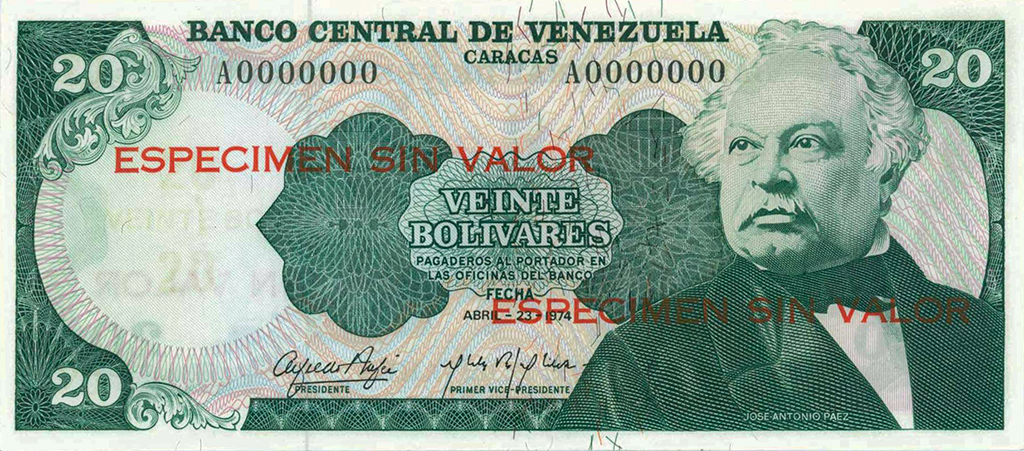
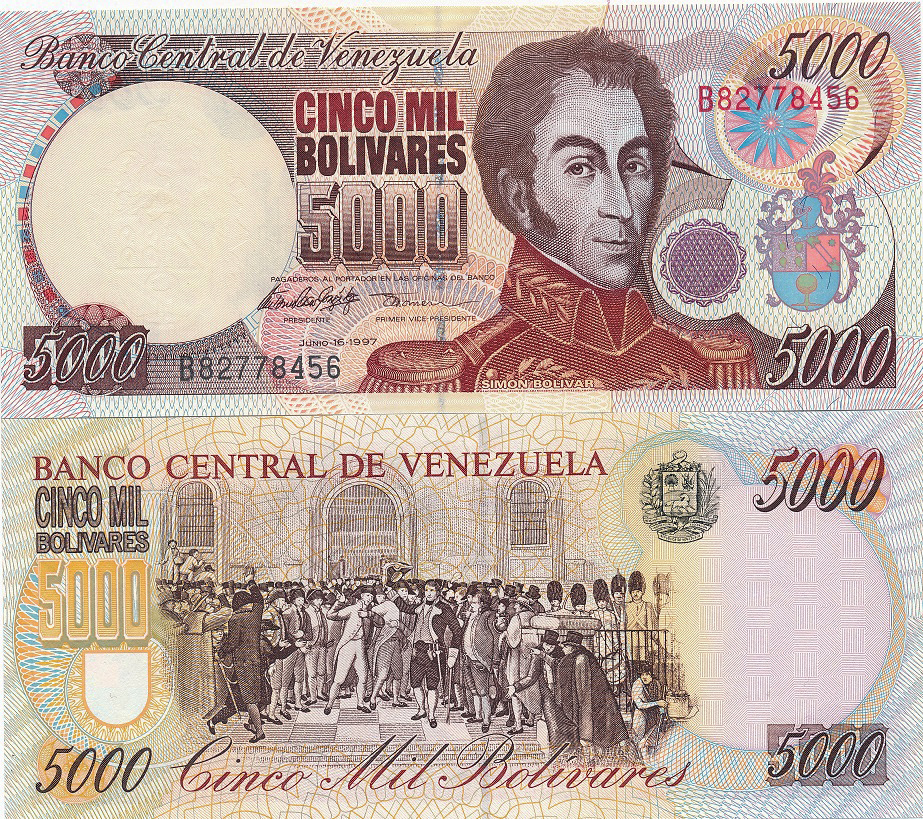
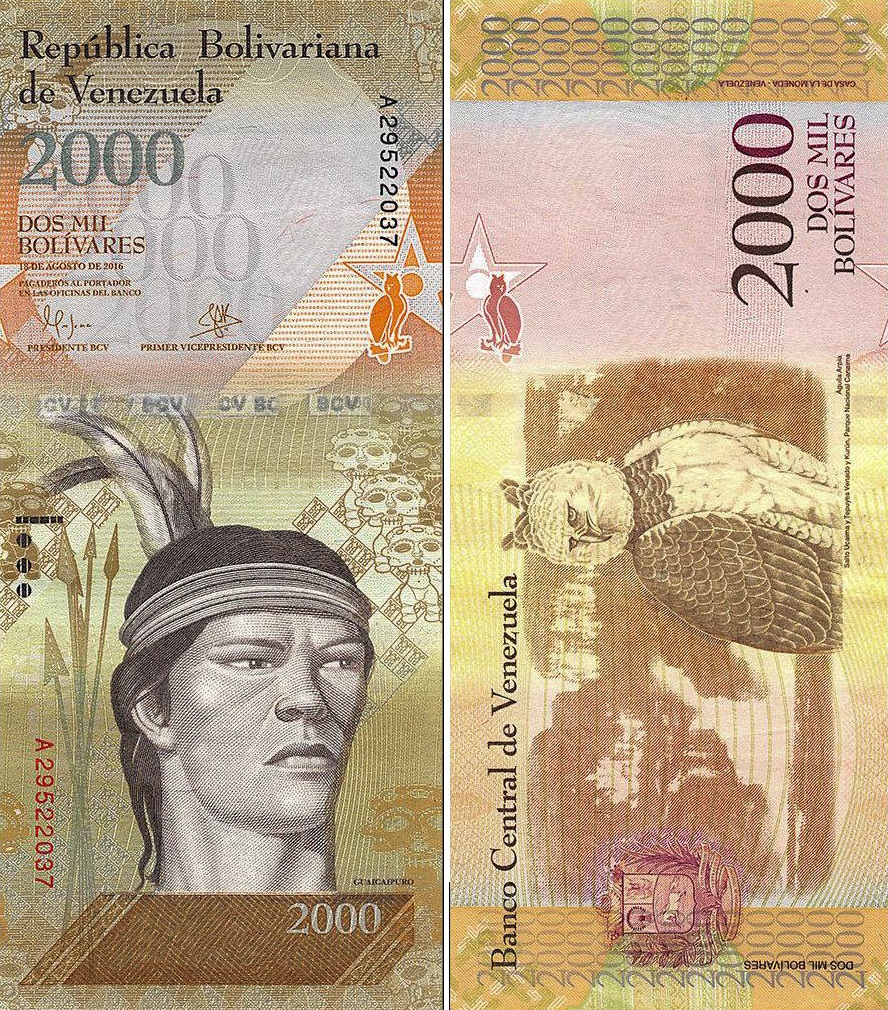
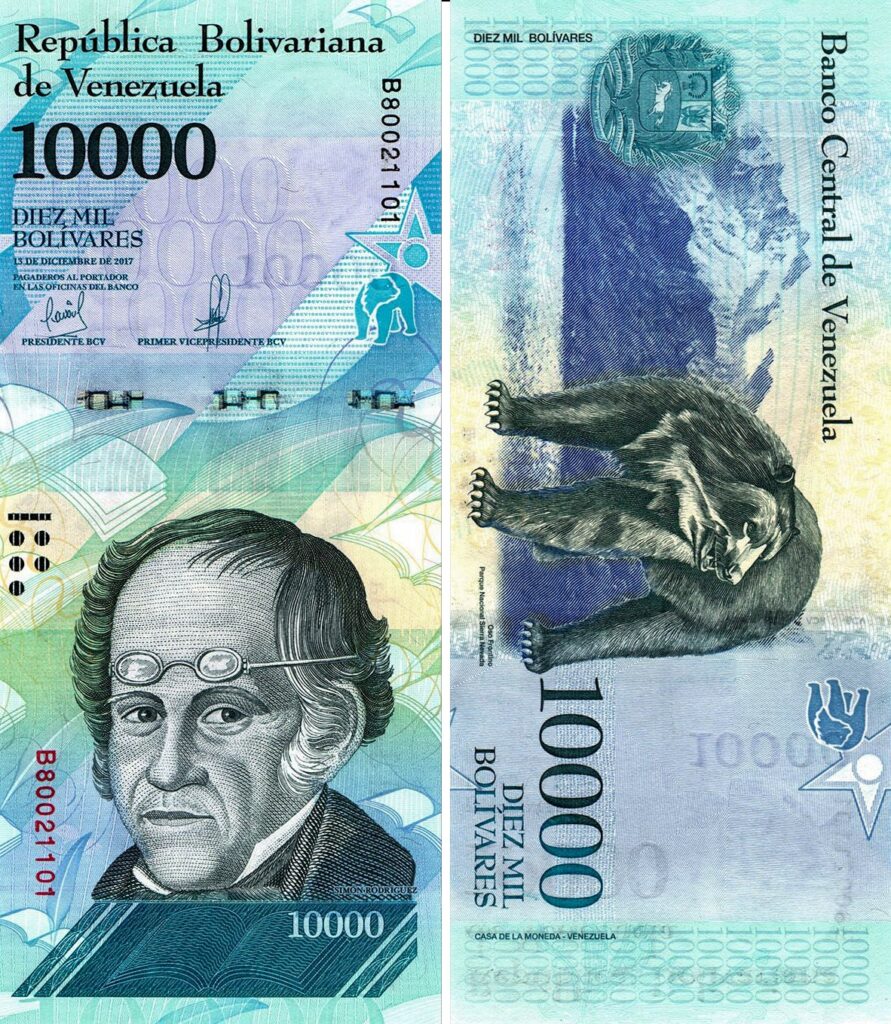
Main Features | The banknotes follow the continental conventions making use of a combination of horizontal and vertical alignment. On the front, there are (i) Numerals for denomination horizontally at two diametrically opposite places (top and bottom), Serial number at two places in vertical alignment (ii) Texts for denomination in words, Republica Bolivariana de Venezuela, Date of issue and designation of two signatories and (iii) Images with one dominating portrait against a soothing background composed of graphic elements. On the reverse we see (i) Numerals for denomination (ii) Texts for denomination in word and issuing authority – Banco Central de Venezuela (iii) a carousel of image showcasing the Venezuelan mega-diversity – landscapes, flora and fauna, national emblem set in a soft background. Casa de La Moneda Venezuela is the printer.
